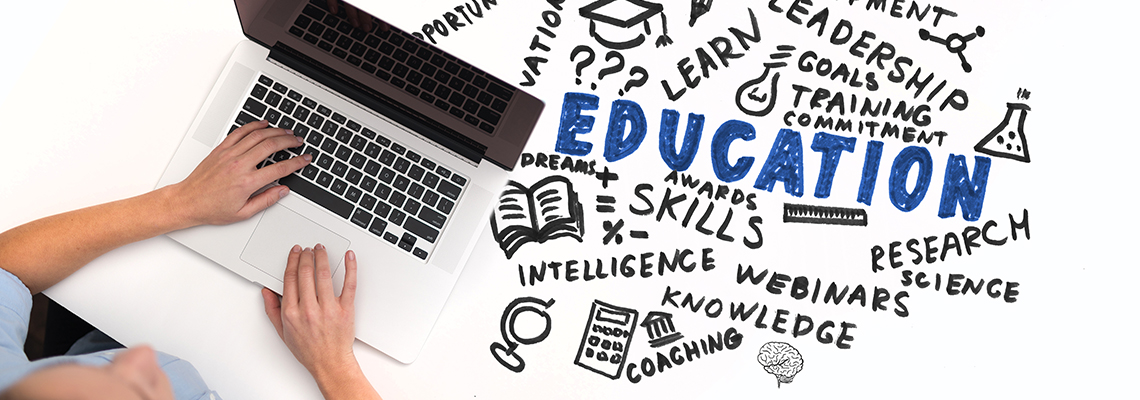
New University of Georgia Research Investigates How Language Models Such as Mixtral Measure Against Human Educators in Evaluating Student Work
For teachers grappling with the demanding responsibility of grading student assignments, artificial intelligence (AI) may soon serve as a significant resource. A recent investigation by the University of Georgia, published in the journal Technology, Knowledge and Learning, examines how large language models (LLMs), including Mixtral, stack up against human evaluations when assessing middle school science tasks. The results highlight both opportunities and limitations, emphasizing the intricate role AI could assume in future educational environments.
With educators juggling growing workloads and reforms that emphasize analytical and inquiry-led learning, AI tools emerge as a beneficial ally for streamlining grading while upholding instructional standards.
The Grading Challenge in Contemporary Science Education
Current science educators are experiencing a pivotal change in their teaching focus. The implementation of the Next Generation Science Standards (NGSS) has shifted classroom activities from mere memorization to a stronger emphasis on competencies such as scientific explanation, modeling, and argumentation. While these tasks more accurately represent actual scientific practices, they also impose a considerable grading responsibility.
“Requesting students to draw a model, articulate an explanation, or engage in argumentation represents complex tasks,” said Dr. Xiaoming Zhai, the study’s lead author. He emphasized that teachers often lack sufficient time to offer prompt, personalized feedback on such assignments—feedback that is crucial for fostering student development in scientific reasoning.
The Function of AI in Evaluating Student Work
To assess whether AI could ease this grading load, Zhai and his research team examined how the Mixtral language model appraised middle school science essays. Students were tasked with answering questions that required scientific reasoning, such as describing particle behavior during heat transfer.
Researchers compared the speed, accuracy, and methods of Mixtral’s assessments to those of human educators. At first glance, the initial results appeared encouraging: the AI processed and graded responses considerably faster than a human could.
However, a more thorough analysis unveiled significant disparities in the evaluation techniques employed.
Strengths and Weaknesses of AI
The study illustrated several key areas where AI displayed clear benefits:
– Speed: Mixtral produced scoring responses nearly instantaneously.
– Scalability: Unlike human graders, AI can handle numerous responses without fatigue.
However, the limitations were equally noteworthy:
– Surface-level Assessment: AI often focused on identifying isolated keywords rather than thoroughly evaluating the coherence and reasoning behind student responses.
– Overgeneralization: The model frequently drew conclusions about understanding based on partial information, extending credit to students that educators might not.
– Reliance on Rubrics: Without access to teacher-developed rubrics, Mixtral’s grading accuracy was merely 33.5%. When provided with rubrics, accuracy improved to just over 50%, still falling short of parity with human evaluators.
For instance, the AI might interpret a reference to a “temperature increase” as full understanding of molecular movement, whereas a human instructor could discern whether the student genuinely comprehended the concept or simply reiterated terminology.
Possibilities for Enhancement
Although the AI model did not reach the level of human expertise, the research indicated routes for enhancement. Educationally crafted rubrics significantly boosted AI performance, suggesting that a hybrid model—combining educator-designed evaluation criteria with machine efficiency—could result in improved outcomes.
Rather than substituting for human teachers, the study proposes that AI be utilized as a supportive tool—automating routine scoring tasks to allow educators to concentrate on more intricate assessments and student interaction.
“The train has left the station,” Zhai remarked, acknowledging the inevitability of AI’s incorporation into educational settings. “But it has just left the station,” he added, indicating that there is still much to comprehend and develop.
Practical Consequences for Educators
Teachers involved in parallel studies expressed optimism regarding the potential of AI in educational contexts.
“Numerous teachers shared with me, ‘I had to spend my weekend providing feedback, but by employing automatic scoring, I don’t have to do that. Now, I can dedicate more time to engaging in more meaningful work instead of tedious tasks,’” stated Zhai.
This transformation could be revolutionary—allowing educators to connect more profoundly with students, refine their teaching strategies, and create more effective learning experiences, rather than relegating hours to the grading of repetitive assignments.
Finding the Balance Between Human and AI
As AI technology progresses, its role within education continues to be actively investigated. What remains evident from the University of Georgia’s research is that AI should not be perceived as a substitute for human judgment but rather as a complement to it. When guided by comprehensive rubrics and teacher feedback, models like Mixtral could accelerate certain grading processes—particularly for large classes or standardized submissions—while retaining the depth and discernment only human educators can provide.
Thus, the future of AI in education resides in a strategic alliance. By collaborating, human insight and machine efficiency can create a more adaptable, effective, and manageable classroom experience.
Support Independent Science Reporting
If our reporting has informed